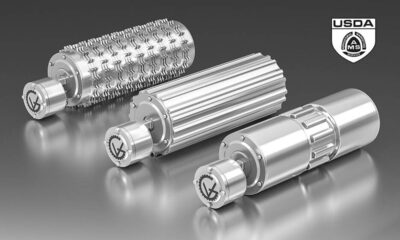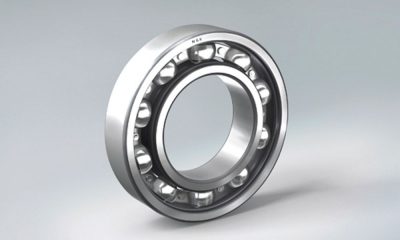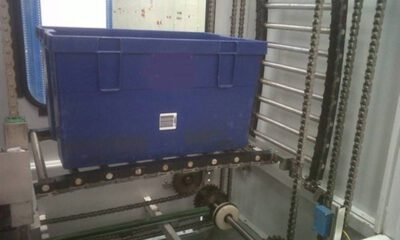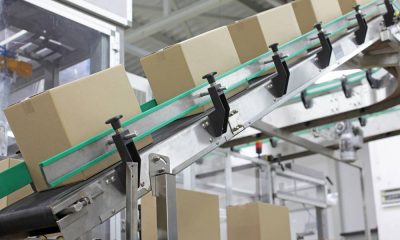Industrial Hardware and Machine Parts
Innovating food processing equipment with custom metal parts
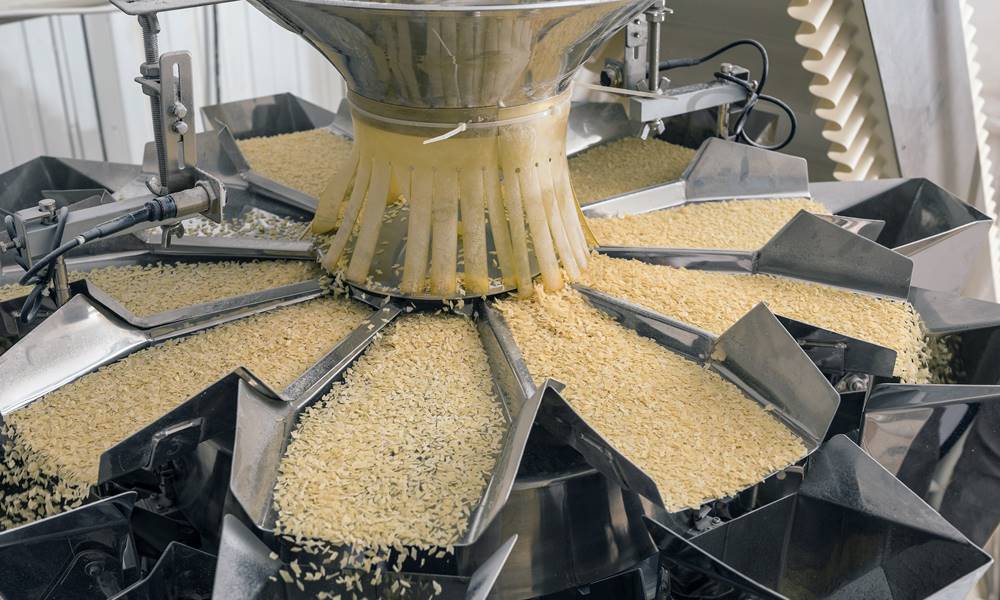
Have you ever had a piece of equipment that worked perfectly…except that one little part that gave you trouble — say, a filter that kept getting clogged or an electrical connector that was always on the fritz? Wouldn’t it be great if you could redesign just that one piece to improve the operation of the entire machine?
These are exactly the kinds of problems Switzer is equipped to solve.
The family-owned custom metal parts manufacturer works with customers across industries — aerospace, medical, telecommunication, optics and photonics, and food processing, and many others — to design and fabricate precision metal parts for use in a variety of innovative technologies. They even worked with X, Google’s R&D division, on Project Loon, which uses balloons flying in the stratosphere to provide Internet access to remote areas. Switzer developed custom metal components for the balloons’ power supply.
To learn more about their work in the food industry, we spoke with Joseph Dunlop, the company’s vice president of business development.
Tackling a common food and beverage industry challenge: Filtration
“Everyone’s trying to be better, smaller, faster, and more efficient with less field service required,” Dunlop says.
That’s certainly true in the food industry, where competition, low profit margins, and a shrinking workforce are pushing processors to improve their operations while cutting their costs. Switzer recently tackled these issues for a notable OEM.
Currently, most filters fall into the commodity category. They’re typically an inexpensive woven wire mesh that can be cut to size. Woven wire mesh may be cheap, but it has two major downsides:
- Blinding. Blinding occurs when particles get caked on the filter and prevent working fluids from moving through. This impairs the filter’s performance until it’s no longer usable. As a result, the filters have to be replaced frequently. It has a similar impact in grinding and pulverizing applications.
- Structure degradation. Over time, the fiber structure of wire mesh weakens. “The distance between the wires will grow and shrink based on how much media is going through the woven wire mesh filter, and how much fatigue it witnesses,” Dunlop explains.
The OEM wanted to eliminate these problems. They also imposed an additional caveat: the new filter had to fit into the same space as the old one. The goal wasn’t to redesign the entire machine, just to provide higher-quality, longer-lasting filtration.
“This was a cool engineering problem for us,” Dunlop says. What Switzer developed was a metal filter that was thinner and more efficient than the traditional wire mesh. “When we make filtration media, it’s a single piece and it’s flat. We don’t weave anything, so there’s no three-dimensional component, no Z direction.” The single-piece construct is also more durable than woven wire, so the filter doesn’t have to be replaced as often.
This is just one example of the kind of “bleeding edge” technology innovation Switzer can bring to the food industry. The possibilities are endless.
-
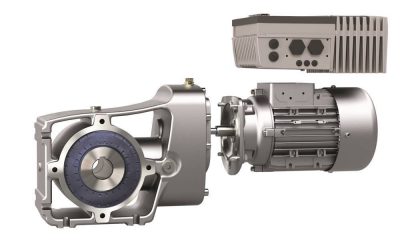
 Drive systems4 years ago
Drive systems4 years agoIntelligent frequency inverters for digital production
-
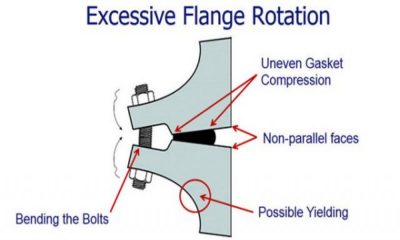
 Industrial Hardware and Machine Parts7 years ago
Industrial Hardware and Machine Parts7 years agoThe necessity of bolted flange connection training
-
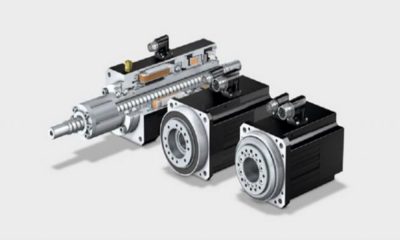
 Motors7 years ago
Motors7 years agoNew generation of hollow shaft motors
-

 Industrial Hardware and Machine Parts7 years ago
Industrial Hardware and Machine Parts7 years agoABB and Formula E partner to write the future of e-mobility
-
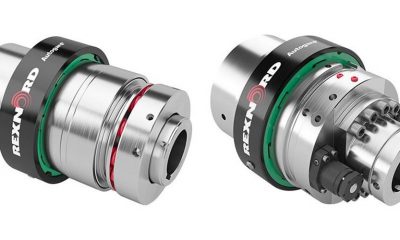
 Industrial Hardware and Machine Parts7 years ago
Industrial Hardware and Machine Parts7 years agoRexnord adds to its Autogard Torque Limiters with the XG Series
-

 Motors7 years ago
Motors7 years agoZF Technology on the Winners’ Podium of the Dakar Rally 2017
-
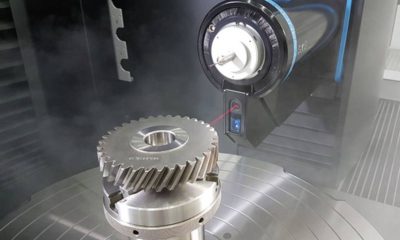
 Gear drives6 years ago
Gear drives6 years agoKlingelnberg at control 2018: Tactile and optical measurement on one machine
-
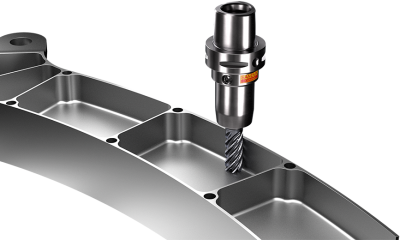
 Motors7 years ago
Motors7 years agoGet a first-class ticket to productivity
-
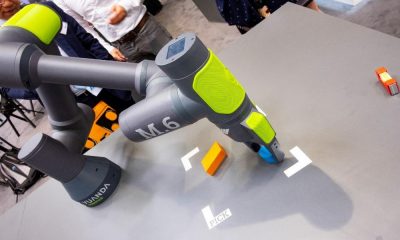
 Motion control6 years ago
Motion control6 years agoWhere the robots come from?
-
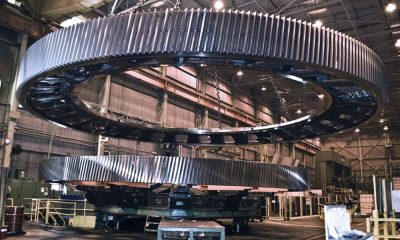
 Motion control6 years ago
Motion control6 years agoRexnord to Acquire Centa Power Transmission
-
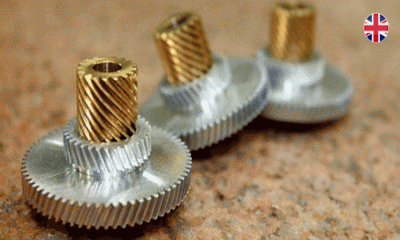
 Industrial Hardware and Machine Parts7 years ago
Industrial Hardware and Machine Parts7 years agoCustom hobbing tool enables 45-degree angles
-

 POWER TRANSMISSION TECHNOLOGIES3 years ago
POWER TRANSMISSION TECHNOLOGIES3 years agoEUROTRANS Board meets for its first session in 2021





